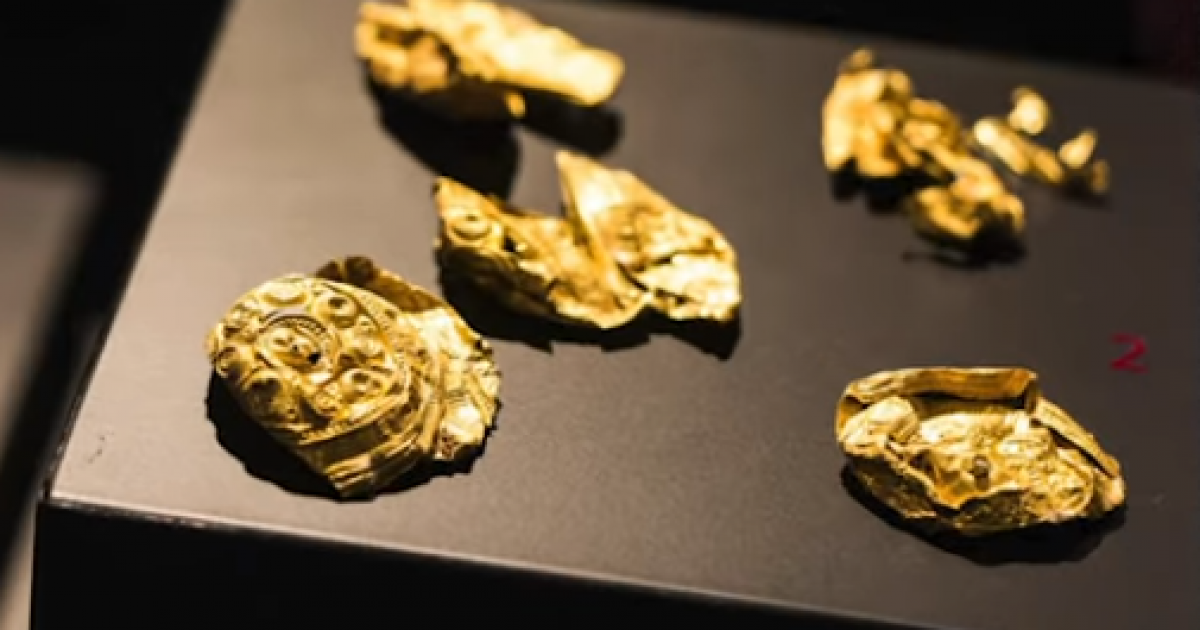
Deutsche Welle reported on gold’s solid performance in the last year.
Gold rose by almost 20 percent in dollar terms last year.
2020 looks to be a big year for gold as well. In the first of week of 2020, the price of gold reached its highest level in seven years. It climbed up to nearly $1,600 (€1,432) per troy ounce or $50,798 per kilogram. Gold market experts predict 2020 will witness this same trend of rising prices.
What could be causing this recent price surge?
Jim Wyckoff, an analyst with Kitco, argues that the fall of the American dollar against other foreign currencies contributed to this price increase. When the dollar depreciates, raw commodity prices tend to rise because these commodities are generally priced in dollars. In turn, raw commodities are more attractive to purchase.
The rise in the price of crude oil and the prospects of progress in the US-China trade deal also helped in increasing gold prices.
Additionally, central banks purchased considerable amounts of gold during the last year. China, Russia, and Turkey bought nearly 120 tons of gold in the third quarter of 2019.
“So combine all that, we had the momentum going,” Wyckoff told DW. “And then of course last Friday we had the shock geopolitical event.”
He was referring to the U.S. drone strike at Baghdad Airport that killed military commander Qasem Soleimani. The targeted strike came in the middle of increased tensions in the Middle East.
Gold is generally viewed as a “safe-haven asset”, a place for investors to park their wealth during times of uncertainty. The Soleimani killing had the markets reeling. When a shocking event like that occurs, the gold price tends to increase.
“Gold has a long track record of being an effective store of value,” Alistair Hewitt, Director of Market Intelligence at the World Gold Council, said. “Gold historically benefits from flight-to-quality inflows during periods of heightened risk and, by providing positive returns and reducing portfolio losses, gold has been especially effective during times of systemic crisis when investors tend to withdraw from stocks.”
Gold becomes very attractive during times of war or an impending crisis.
The conflict with Iran is far from over and there is much uncertainty about what will happen next. This unpredictable geopolitical environment will likely make gold prices rise even further. Some analysts predict gold will hit a record $2,000 an ounce within the next two years.
In Hewitt’s view, there are four factors that affect the price of gold:
“Economic expansion — as people become wealthier, they buy more gold; financial market uncertainty — gold’s safe-haven role; opportunity cost — lower interest rates make gold relatively attractive compared to other assets; and momentum.”
Rain or shine, gold has a proven track record as a safe asset to hold.
It would behoove liberty conservatives to start purchasing gold as a backup plan in today’s climate of political uncertainty.



